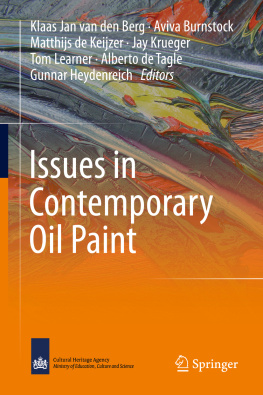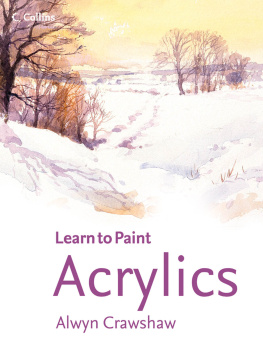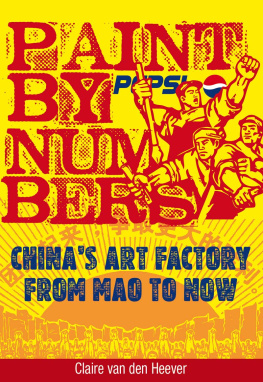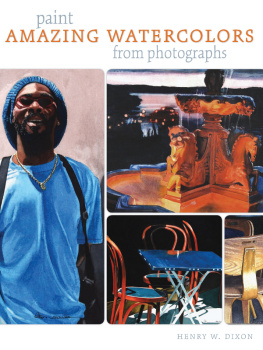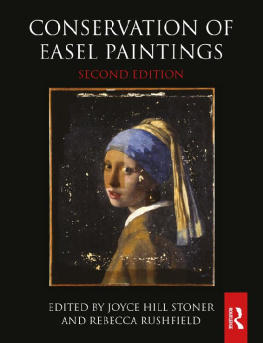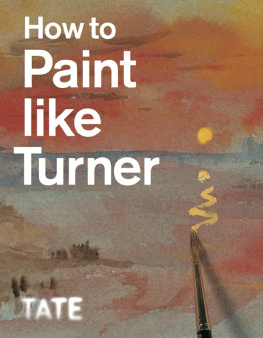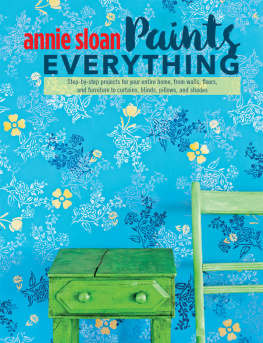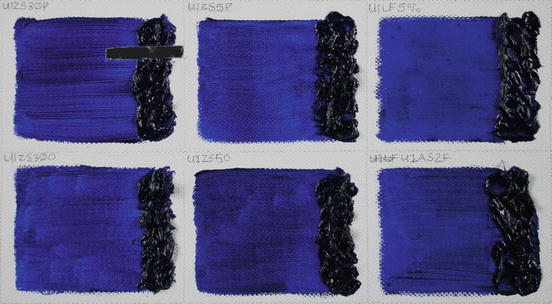Springer International Publishing Switzerland 2014
Klaas Jan van den Berg , Aviva Burnstock , Matthijs de Keijzer , Jay Krueger , Tom Learner , Alberto Tagle, de and Gunnar Heydenreich (eds.) Issues in Contemporary Oil Paint 10.1007/978-3-319-10100-2_1
Twentieth Century Oil Paint. The Interface Between Science and Conservation and the Challenges for Modern Oil Paint Research
Abstract
This chapter introduces recent research related to aspects of the deterioration of modern paintings in oil media. The research was informed by collaboration between conservators and scientists and utilises phenomenological and experimental methodologies to investigate the causes of optical changes in paint, such as efflorescence and salt formation, and the sensitivity to water that occurs on surface cleaning some unvarnished oil paintings. Examples are given of results based on case studies of paintings and the results of systematic experimental investigation of paint samples, including those supplied by manufacturers and reconstructions based on paint formulations. Results of this research are given including the cause of water sensitivity related to the formation of magnesium sulphate hydrate in selected manufactured oil paints, and criteria for further investigation of the phenomena in other paints. Contributions in this volume that address other classes of material deterioration including the formation of metal soap crusts and treatment approaches are introduced.
Introduction
The working properties and optical qualities of oil based paints continue to appeal to artists despite the availability of new paint media. A survey from the painting collection at Tate, showed that more than 70 % of its twentieth century painting collection is executed in oil (Smithen ). Economic reasons have driven much of these developments, although more recently health and environmental safety have led to changes in formulations. The restrictions on the production of lead white and other toxic pigments were important changes in relation to the production of artists paints.
These developments, however, have led to compromises in the stability of some modern oil paints. In some cases the manner in which modern paints are used by artists have influenced the material deterioration of the paint. Preferences for unvarnished surfaces from the later part of the nineteenth century prevailed in the following period of artistic production, rendering the paint surface directly vulnerable to the influences of environmental agents including dirt and pollutants. These developments present challenges for conservators. As many modern paintings are now entering conservation studios for the first time, these issues are now paramount for conservators and curators.
While experience provides the conservator with a solid framework of knowledge, the ability to question standard treatment approaches and recognize problems that require new strategies is an important part of an on-going education in conservation. In these Proceedings, several conservators as well as conservation students present aspects of their research that relates to the condition and treatment of modern oil paintings (Cooper et al. ). This research has provided an opportunity to share experiences with professional conservators in museum and private practice, and work in well-equipped scientific laboratories. The problems investigated are important to conservators who deal with them every day in the studio, and thus there is a real desire behind the research to provide guidelines that inform future conservation practice.
The nature of conservation led research is different to scientific research in other fields. Relatively few conservation related studies are undertaken, and many have been based on cumulative evidence from individual case studies. For example, identifying common denominators or causal agents for water sensitivity observed in paintings is difficult given the range of possible materials, in particular where paintings are made using both complex manufacturers paint formulations and artists additions, applied heterogeneously.
More recently, collaborations have provided up to date resources for technical and scientific study, at the Netherlands Institute for Cultural Heritage (RCE), the Getty Conservation Institute (GCI), the Natural History Museum, London (NHM) and most recently the synchrotron facility in Grenoble. Participating museums and galleries, notably at the Courtauld Stedelijk Museum and Tate have facilitated paintings-led research that address the condition and treatment of some important works of art made using modern oil paint from the twentieth century to the present. This first chapter in these Proceedings evaluates the approaches to research undertaken so far, gives some further research results and ideas for future study.
Fundamental Research to Inform Conservation
Research in the field of conservation, for modern oil paints and other materials is challenged by the need to design experiments that inform practice. This demands the most difficult kind of experimental work and interpretation. The notion that understanding the chemistry of materials on a molecular level can inform practice requires qualification and necessitates inferences about the macroscopic impact of practical treatment from knowledge of molecular level interactions on the surface and within the paint. This highlights an issue that is at the heart of the interface between conservation science and practice. In the context of cleaning a painting, interpreting the results of semi-standardised experiments on simplified reconstructed paint samples, supplemented by in-depth analyses of small and complex samples from paintings, may involve compromises and practical realities. Scientific research and cleaning paintings sometimes feel as different as making art and conserving it.
Nonetheless, with the assumption that understanding the chemical and mechanical properties of painting materials and their deterioration is integral to conservation practice, together with experience and knowledge of historical context we conserve works of art the best we can. This point can be illustrated with regard to deterioration observed in modern oil paints containing ultramarine, and replication of the phenomena in so-called reconstructions or test samples (Fig. ). Well-prepared reconstructions offer an opportunity to perform comparative cleaning tests and analyses with a degree of confidence that the results will have relevance to cleaning painted art.
Fig. 1
Test paint samples comprising ultramarine, oil, varying concentrations of metal stearates and other additives. The hydrophilic properties of ultramarine pigment are linked with its sensitivity to swabbing with water (Tempest et al. )
Recent research includes investigation of the causes of water sensitive oil paint; dirt removal from sensitive surfaces; causes and treatment of surface efflorescence and evaluation of other kinds of material deterioration. While some phenomena such as whitening of the surface of selected passages of paintings has long been recognized by conservators, recent studies have refined our understanding of different classes of material change that can now be addressed by more specific and appropriate treatment. Surface deterioration is often evident where efflorescence, medium separation, dripping or flaking paint occur. Sometimes cases such as those of water sensitive paint offer no visual indicators. However, the problem for conservators is to remove superficial material (efflorescence, surface dirt or varnish) or to consolidate flaking paint without affecting the optical or mechanical qualities of the paint.

